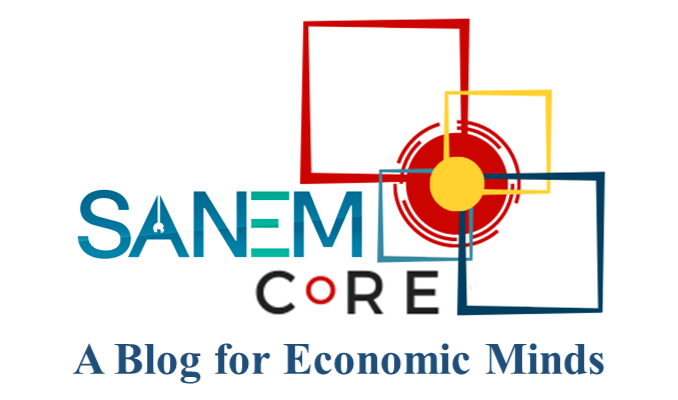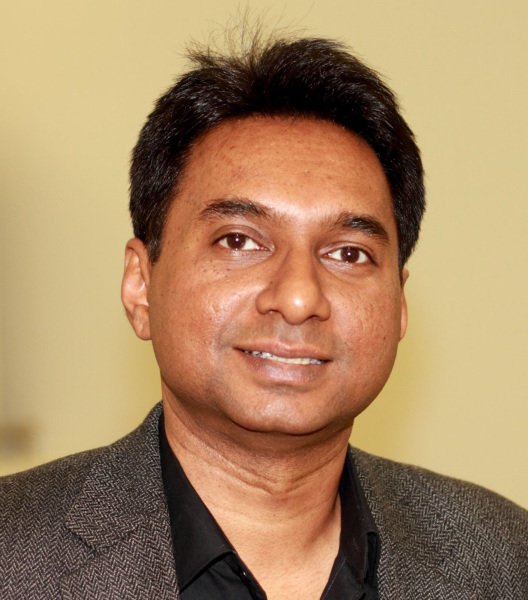Despite the divergence in economic and political trajectories, South Asian countries share commonalities with respect to the urge for governing emerging development challenges in the wake of the new world and regional dynamics. As far as future economic and social developments are concerned, for most of the South Asian countries, there are four major confronting areas, which are related to inclusive development, global and regional trade integration, financing development programmes, and politics of development.
With respect to inclusive development, the debate over quantity vs. quality of economic growth is prominent in most of the South Asian countries. While South Asia is now the fastest-growing region in the world, with India and Bangladesh registering high and stable growth rates followed by Sri Lanka and Pakistan recording modest growth rates and other countries experiencing unstable growth rates, the panacea over the ‘number’ of growth rate overshadows the importance of the ‘quality’ of economic growth. Despite high economic growth rates, the region hosts more than one-fourth of the world’s extreme poor and inequality within the countries is on the rise. Furthermore, there are genuine concerns of ‘jobless growth’ as the pace of employment generation, in most of the South Asian countries, lags behind the pace of economic growth. Moreover, staggeringly high informal employment ratio, low degree of ‘decent job’, poor working conditions, and low female participation characterize the labour market of this region. The growth, employment, and poverty challenges of the South Asian countries are primarily aggravated by the nature of development strategies these countries have been following over the past decades. These countries have not been successful in rapid industrialization, and few manufacturing and services sectors have been the major drivers of growth with narrow implications for employment generation, poverty alleviation and inequality reduction. Most of these countries face the challenge of ‘premature deindustrialization’. Also, the lack of preparedness in the context of the 4th industrial revolution can lead to a large-scale job loss. Given the aforementioned long-standing development challenges, the 2030 Development Agenda has created additional pressure on the development task-lists of these countries. However, it can be argued that this 2030 Development Agenda has also created new opportunities for the South Asian countries to get their development trajectories ‘right’.
The challenges related to integration with global and regional trade remain critical for the South Asian countries. As far as integration with the global trade and value chain is concerned, there are now emerging pressures, in the wake of growing skepticism in the globalization and trade integration process, as reflected by Britain’s BREXIT, escalated protectionism in the United States, and trade war between the United States and China. Furthermore, as China is going through a major economic rebalancing, the impact of this rebalancing goes beyond China’s national borders due to China’s integration with other Asian countries through manufacturing, trade and investment links. There are enhanced opportunities for Asian developing countries to take advantage from China’s economic transformation, as changes in China’s supply and demand will have spillover effects on other economies in the region and industries might shift concentration to other countries in the region. However, there are concerns whether South Asian countries have sufficient skills and capacity to take advantage of transferring or emerging industries or develop new businesses to meet the growing demand. While South Asian countries encounter the uphill tasks of diversifying their export baskets and moving into high value-added product space, these countries also have been less successful in extracting the benefits of regional integration and regional value chains. One of the major factors behind the weak regional integration in South Asia is the hostile political relation between India and Pakistan, for which many regional integration initiatives remain hostages.
Financing development goals has been a critical challenge for most of the South Asian countries. Given the changing global scenario, for financing development goals, South Asian countries will have to rely more on domestic sources, and this is, no doubt, an uphill task. The tax-GDP ratio remains low for most of these countries with heavy reliance on indirect taxes and import duties. The patterns of public expenditures on social sectors in this region suggest that the averages of the shares of public expenditure on education, health and social protection in GDP in South Asia are only around 2.5%, little over 1%, and less than 2% respectively which should be increased to more than 5%, 4%, and 10% respectively to meet a large number of development goals. In addition to the social expenditure, the countries need to spend substantially on developing their physical infrastructure, which most of these countries are seriously lagging behind. It is obvious that with the low tax-GDP ratio it is difficult to finance the aforementioned large development goals. However, the question is how to mobilize the required amount of resources domestically when these countries suffer from weak institutions and inadequate tax-infrastructure. It is also important to note that a mere generation of resources would not ensure implementation of the development goals if institutional and governance-related aspects are not addressed properly. Finally, there remains a big challenge in getting the priorities in spending ‘right’. One example of the wrong priority is the high spending on military affairs in some of these countries, especially in India and Pakistan, while these countries incur a very low level of spending on social sectors.
In order to govern the new challenges, the South Asian countries require the ‘correct’ politics of development. The past development trajectories of these countries are largely characterized by ‘crony capitalism’ with a high degree of rent-seeking activities, suppressing the elements of ‘developmental states’. Weak functioning of economic and political institutions and the dominance of informal institutions are prevalent in these countries. In the coming days, to implement the development goals, efforts need to be something extraordinary, and strong political commitments are needed to make a significant departure from past practices.
>[Based on the presentation made by the author at the 4th SANEM Annual Economists’ Conference on “Governing New Challenges: Inclusive Development, Trade, and Finance’, held in Dhaka on 16-17 February 2019]


RECENT COMMENTS